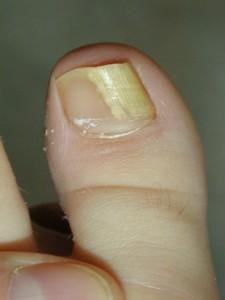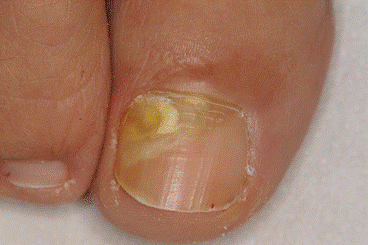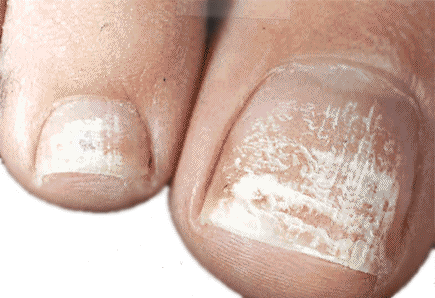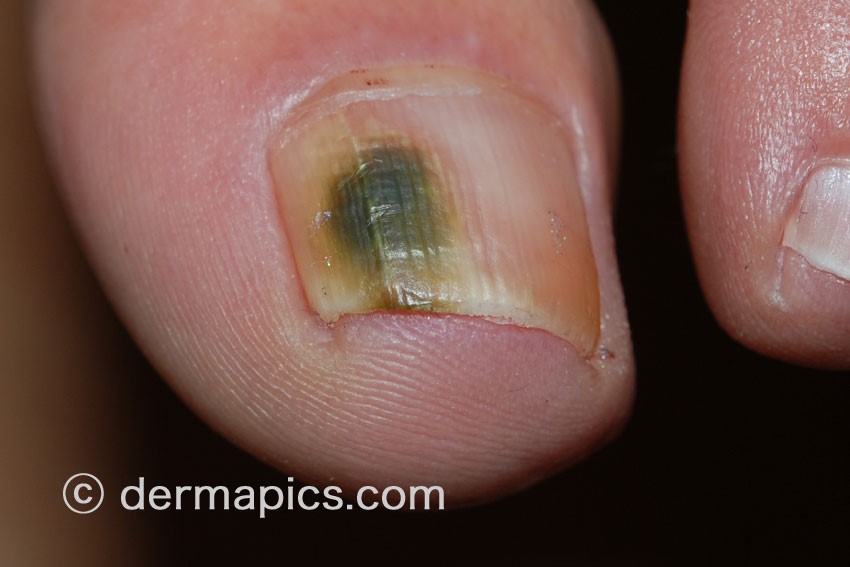Recently while working as a podiatrist I had a patient come to me regarding the fungal infection of her toenails, she was deeply frustrated as she couldn’t wear open toed shoes during the summer. With my guidance, this particular patient was able to leave my care knowing the steps she would need to take to address the problem.
So how is a fungal infection caused and what is it do you need to look for when you suspect that you yourself have an infection keep reading to find out!
A fungal infection of the nails otherwise referred to as onychomycosis, is when the nail bed ,plate or surface is infected by over-growth of fungus particularly in hot and humid conditions such as in shoes or communal showers and pools.
What are the risks?
- Trauma to the nail causing the nail to break
- Fungal infection of the skin (athlete’s foot)
- Walking barefoot in public changing rooms, showers and pools
- Anywhere warm and moist where the fungus can thrive
- Having Diabetes
- Wearing shoes that are made of material that has poor ventilation or is too closed in
- Excessive sweating
What are the symptoms?
The trouble with a fungal nail infection is that, there are commonly four types of fungal nail infection that you can be affected by, thus it is easier if we discuss the symptoms of each type separately.
Distal Lateral onychomycosis
- Debris build up underneath the nail
- Nail can become yellow, thickened and brittle
- Nail can become itchy and painful to touch
- Nail can crack, crumble or break as a result of the infection

Proximal Subungual Onychomycosis(PSO)
- Whitening of nail fold
- Nail can become thickened
- Nail can become brittle
- Nail can lift from nail bed
- Nail can appear cloudy
- Nail can be painful

White Superficial Onychomycosis(WSO)
- Flaky powder on nail surface

Candid Onychomycosis(CO)
- Nail can appear white, green or brownish
- Nail can be painful, show signs of swelling and redness
- Nail can lift from nail bed (onycholysis)

If you have any of the symptoms mentioned, then you may have some form of a fungal nail infection.
If you have any concerns or queries please book an appointment with one of the podiatrists at PodiatryHQ at your preference for an assessment of your nails and management options.

